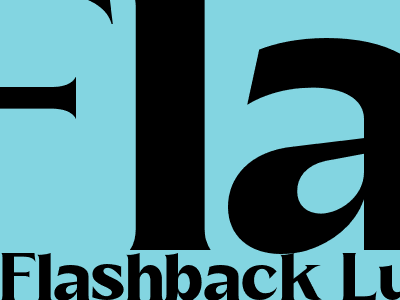Flashback Ludvika: Unveiling the Enchanting Past of a Swedish Town
Introduction
Nestled amidst rolling hills and sparkling lakes in the heart of Sweden, Ludvika is a charming town with a rich history that spans centuries. From its humble beginnings as a mining settlement to its emergence as a thriving industrial center, Ludvika has witnessed numerous transformations, each leaving an indelible mark on its character. This blog post will take you on a nostalgic journey through Ludvika's captivating past, exploring the events, people, and traditions that have shaped this remarkable town.The Birth of Ludvika
The origins of Ludvika can be traced back to the 17th century, when the discovery of iron ore in the surrounding hills led to the establishment of a mining settlement. The town's name, which means "Ludvig's Forge," pays homage to Ludvig Göransson, a prominent ironmaster who played a pivotal role in the town's early development.
Mining quickly became the lifeblood of Ludvika, and the town prospered as its iron industry grew. Miners from across the country flocked to the area, bringing with them their families and traditions, which helped to shape the town's distinct cultural identity.
Industrial Expansion and Transformation
The Rise of Industry
In the late 19th century, Ludvika underwent a dramatic transformation as it embraced industrialization. The town's ironworks were modernized and expanded, and new industries, including woodworking and textile manufacturing, emerged.
This period of rapid growth attracted a diverse population of workers, including skilled engineers, factory workers, and immigrants. As Ludvika's industrial base expanded, the town grew into a bustling hub of commerce and industry.
The Arrival of the Railway
The arrival of the railway in 1873 was a transformative event for Ludvika. The railway connected the town to major cities, facilitating the transportation of raw materials and finished goods.
The railway also played a crucial role in Ludvika's tourism industry, making it easier for visitors to explore the town's natural beauty and historical sites.
20th Century: Progress and Challenges
Modernization and Urban Renewal
The 20th century witnessed significant modernization and urban renewal in Ludvika. New residential areas were built, and the town center was transformed with the construction of modern buildings and infrastructure.
Ludvika also became a center for higher education, with the establishment of the University of Dalarna in 1977. The university brought a vibrant intellectual atmosphere to the town and contributed to its cultural and economic growth.
Economic Restructuring
The latter half of the 20th century brought economic challenges to Ludvika, as the town's traditional industries declined. However, the town's resilience and entrepreneurial spirit shone through.
New industries, such as information technology and tourism, emerged, and Ludvika successfully transitioned into a diversified economy.

Comments